Home>Construction & Tools>Building Materials>How To Get Spray Paint Off Stucco
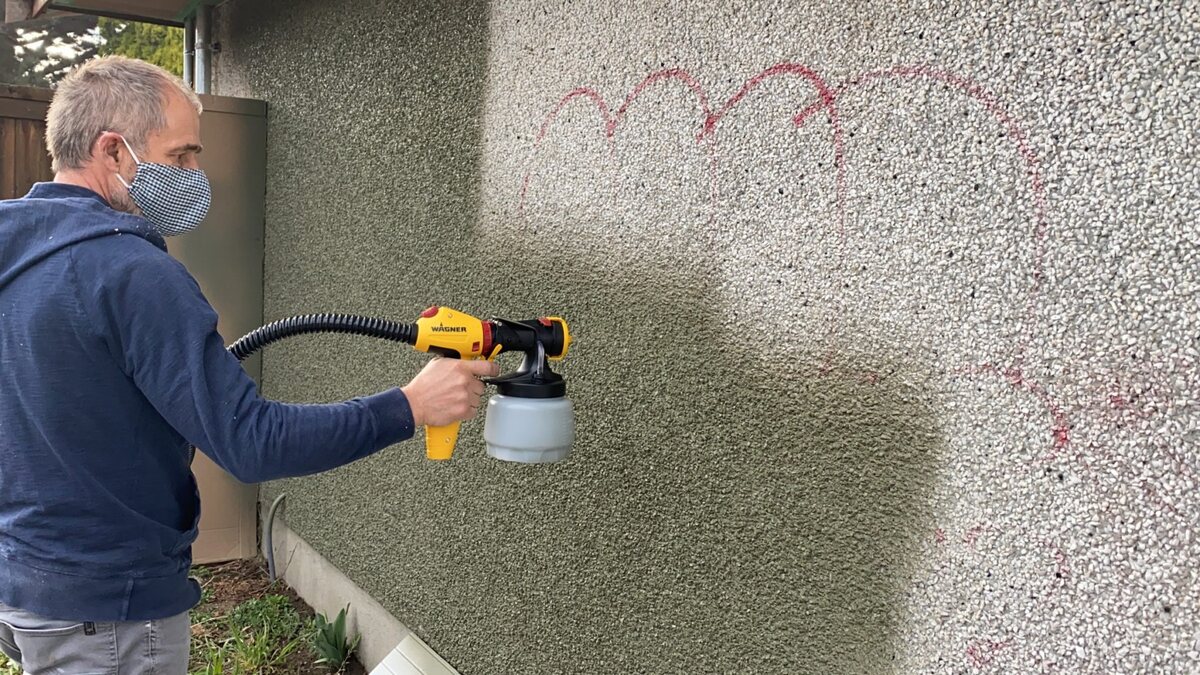

Building Materials
How To Get Spray Paint Off Stucco
Modified: August 30, 2024
Learn effective methods for removing spray paint from stucco surfaces. Discover safe techniques using common building materials.
(Many of the links in this article redirect to a specific reviewed product. Your purchase of these products through affiliate links helps to generate commission for Storables.com, at no extra cost. Learn more)
Introduction
Read more: How To Get Spray Paint Off A Driveway
Understanding Stucco
Stucco is a popular exterior finish for many homes and buildings, known for its durability and timeless appeal. It is a cement-based material that is applied in layers to create a seamless, textured surface. Stucco can be found in a variety of colors and textures, adding to its versatility and aesthetic appeal. However, despite its resilience, stucco is not immune to accidental spray paint mishaps. In this article, we will explore effective methods for removing spray paint from stucco surfaces, ensuring that your property maintains its pristine appearance.
Key Takeaways:
- Safely remove spray paint from stucco using chemical solvents, pressure washing, or sandblasting. Each method requires careful consideration of the stucco’s texture and the extent of paint contamination.
- Prioritize safety and precision when removing spray paint from stucco to preserve its timeless appeal and durability. Choose the best method based on the stucco’s characteristics for optimal results.
Removing Spray Paint from Stucco
When spray paint finds its way onto stucco, it can be a daunting sight. However, with the right approach and tools, it is possible to restore the stucco to its original state. There are several methods for removing spray paint from stucco, each with its own set of advantages and considerations. From chemical solvents to pressure washing and sandblasting, we will delve into the details of each technique, providing insights into their effectiveness and best practices.
Join us as we embark on a journey to reclaim the beauty of stucco surfaces by eliminating unwanted spray paint blemishes. Whether you are a homeowner, a contractor, or a DIY enthusiast, this guide will equip you with the knowledge needed to tackle this common challenge with confidence and precision. Let's dive into the world of stucco maintenance and restoration, where the art of removing spray paint becomes a seamless endeavor.
Read more: How To Get Spray Paint Off A Driveway
Understanding Stucco
Stucco, a time-honored building material, has been adorning the exteriors of homes and structures for centuries. Composed primarily of cement, sand, lime, and water, stucco offers a durable and visually appealing finish. Its application involves layering the mixture over a sturdy base, resulting in a textured surface that can be customized to suit various architectural styles.
Stucco's versatility extends to its ability to be tinted in a spectrum of colors and textured to achieve different finishes, such as smooth, raked, or swirled. This adaptability allows stucco to harmonize with diverse design preferences, making it a sought-after choice for both traditional and contemporary construction projects.
The benefits of stucco go beyond aesthetics. Its composition imparts exceptional durability and weather resistance, making it suitable for diverse climates. When properly maintained, stucco can withstand the elements and retain its allure for decades.
Moreover, stucco is renowned for its fire resistance, providing an added layer of safety to structures. This feature has contributed to stucco's widespread use in both residential and commercial buildings.
Despite its resilience, stucco is not impervious to stains and blemishes. Accidental spray paint incidents can mar its pristine facade, necessitating prompt remediation to preserve its visual appeal. In the following sections, we will explore effective methods for removing spray paint from stucco, ensuring that the integrity and charm of this time-honored finish are upheld.
As we unravel the art of stucco maintenance and restoration, we will equip you with the knowledge to navigate the nuances of stucco care with confidence. Whether you are a homeowner seeking to preserve your property's allure or a professional in the construction industry, understanding the intricacies of stucco and its maintenance is essential. Let's embark on a journey to uncover the techniques and best practices for restoring stucco to its original splendor.
Key Takeaways:
- Safely remove spray paint from stucco using chemical solvents, pressure washing, or sandblasting. Each method requires careful consideration of the stucco’s texture and the extent of paint contamination.
- Prioritize safety and precision when removing spray paint from stucco to preserve its timeless appeal and durability. Choose the best method based on the stucco’s characteristics for optimal results.
Removing Spray Paint from Stucco
When spray paint inadvertently lands on a stucco surface, it can present a vexing challenge. However, with the right approach and techniques, it is possible to effectively eliminate the unwanted paint without compromising the integrity of the stucco finish. Several methods can be employed to address this issue, each offering distinct advantages and considerations.
Before embarking on the removal process, it is crucial to assess the extent of the paint contamination and the type of stucco finish involved. Different stucco textures and colors may require tailored approaches to achieve optimal results.
Let’s explore three primary methods for removing spray paint from stucco:
Read more: How To Get Spray Paint Off Carpet
Using Chemical Solvents
Chemical solvents can be effective in dissolving and lifting spray paint from stucco surfaces. It is essential to select a solvent that is safe for use on stucco and to follow the manufacturer’s instructions diligently. Prior to application, testing the solvent on a small, inconspicuous area of the stucco can help assess its compatibility and impact on the finish. After applying the solvent, gentle scrubbing with a soft-bristled brush may be necessary to aid in the removal process. Once the paint is loosened, rinsing the area thoroughly with water is imperative to ensure that residual solvent is completely removed.
Using Pressure Washing
Pressure washing can be an efficient method for removing spray paint from stucco, particularly for larger surface areas. When employing this approach, it is crucial to utilize the appropriate pressure setting and a fan tip nozzle to prevent damage to the stucco. Careful control of the water pressure and distance from the surface is essential to avoid etching or dislodging the stucco finish. Additionally, using a biodegradable detergent in conjunction with pressure washing can enhance the removal process, especially for stubborn paint stains.
Sandblasting
Sandblasting involves propelling fine particles at high velocity to abrade and remove paint from stucco surfaces. This method requires precision and expertise to prevent damage to the underlying stucco and achieve a uniform finish. Due to the potential for abrasive impact, sandblasting is best executed by professionals who are well-versed in stucco restoration and the intricacies of this technique.
Each of these methods offers a viable approach to removing spray paint from stucco, and the most suitable option depends on the specific circumstances and the extent of the paint contamination. By understanding the nuances of each method and considering the unique characteristics of the stucco surface, effective paint removal can be achieved, restoring the stucco to its original splendor.
Using Chemical Solvents
Chemical solvents are a popular choice for removing spray paint from stucco surfaces due to their ability to effectively dissolve and lift the paint without causing damage to the underlying stucco. When opting for this method, it is essential to select a solvent specifically formulated for use on stucco and to adhere to the manufacturer's guidelines for application and safety precautions.
Before commencing the paint removal process, it is advisable to conduct a small-scale test by applying the solvent to a discreet area of the stucco. This test serves to assess the solvent’s compatibility with the stucco finish and its efficacy in loosening the paint. Additionally, it provides insight into the potential impact of the solvent on the color and texture of the stucco, ensuring that the overall appearance is preserved during the removal process.
Upon confirming the suitability of the solvent, it can be applied to the affected areas of the stucco. Care should be taken to follow the recommended dwell time specified by the manufacturer, allowing the solvent to penetrate and soften the paint for easier removal. In some cases, gentle agitation with a soft-bristled brush may be necessary to aid in loosening the paint from the textured surface of the stucco.
After the paint has been effectively loosened, thorough rinsing of the treated areas with water is imperative to remove any residual solvent and paint residue. This step ensures that the stucco is left clean and free from any lingering traces of the solvent, preventing potential discoloration or adverse reactions with subsequent treatments or finishes.
It is crucial to exercise caution and adhere to safety protocols when working with chemical solvents. Protective gear, including gloves, goggles, and a respirator, should be worn to minimize exposure to the solvent and its fumes. Adequate ventilation in the work area is also essential to dissipate any vapors and maintain a safe environment during the paint removal process.
By employing chemical solvents judiciously and in accordance with best practices, the task of removing spray paint from stucco can be approached with confidence. This method offers a controlled and targeted approach to paint removal, allowing for precise treatment of affected areas while safeguarding the integrity and aesthetics of the stucco finish.
When utilized responsibly, chemical solvents can effectively restore the pristine appearance of stucco surfaces, ensuring that inadvertent paint blemishes are eliminated without compromising the inherent charm of this enduring building material.
Read more: How To Get Paint Off Of Paint Brushes
Using Pressure Washing
Pressure washing is a versatile and efficient method for removing spray paint from stucco surfaces, particularly when dealing with larger areas or stubborn paint stains. This approach harnesses the power of pressurized water to dislodge and eliminate the unwanted paint, restoring the stucco to its original splendor.
Before initiating the pressure washing process, it is crucial to assess the stucco surface and select the appropriate pressure setting and equipment to prevent damage. Utilizing a pressure washer with a fan tip nozzle and adjustable pressure settings allows for precise control over the water stream, minimizing the risk of etching or dislodging the stucco finish.
When employing pressure washing for paint removal, the use of a biodegradable detergent can enhance the effectiveness of the process, particularly for persistent paint stains. Applying the detergent to the affected areas prior to pressure washing helps to break down the paint and facilitate its removal, resulting in a more thorough and expedient cleanup.
Careful consideration should be given to the distance between the pressure washer nozzle and the stucco surface, as well as the angle of application. Maintaining an optimal distance and angle prevents unintended damage while maximizing the paint removal efficacy. Additionally, working systematically across the stucco surface ensures uniform treatment and consistent results.
After completing the pressure washing process, a comprehensive rinsing of the stucco surface is essential to remove any residual paint particles and detergent. Thorough rinsing not only ensures the removal of paint remnants but also prevents potential discoloration or residue buildup on the stucco finish.
It is important to exercise caution and follow safety guidelines when utilizing pressure washing equipment. Protective gear, including safety goggles and appropriate attire, should be worn to safeguard against potential debris and water splatter. Additionally, maintaining a secure stance and being mindful of the water stream's direction enhances safety and control during the paint removal process.
By leveraging the precision and power of pressure washing, the task of removing spray paint from stucco surfaces can be approached with confidence and efficiency. This method offers a comprehensive and systematic approach to paint removal, delivering remarkable results while preserving the integrity and allure of stucco finishes.
When executed with care and precision, pressure washing serves as a valuable tool for restoring the pristine appearance of stucco surfaces, ensuring that inadvertent paint blemishes are effectively eliminated, and the timeless appeal of stucco is upheld.
Use a pressure washer with a mild detergent to remove spray paint from stucco. Start with low pressure and gradually increase if needed, while keeping the nozzle at least 12 inches away to avoid damaging the surface.
Sandblasting
Sandblasting is a specialized technique used for removing paint and other contaminants from stucco surfaces. This method involves propelling fine particles at high velocity to abrade and eliminate unwanted paint, restoring the stucco to its original state. While sandblasting can be highly effective, it requires precision, expertise, and careful consideration of its impact on the stucco finish.
Before commencing the sandblasting process, a thorough assessment of the stucco surface is essential to determine its texture, condition, and the extent of paint contamination. Additionally, selecting the appropriate blasting media, such as fine-grade sand or other suitable abrasives, is crucial to achieve optimal results while minimizing the risk of damage to the stucco.
Sandblasting should be undertaken by experienced professionals who possess the requisite knowledge of stucco restoration and the intricacies of this technique. The proficiency of the operator and their ability to control the sandblasting equipment play a pivotal role in ensuring the successful removal of paint while preserving the integrity of the stucco finish.
Careful regulation of the blasting pressure and distance from the stucco surface is paramount to prevent excessive abrasion or etching. By adjusting these factors, the operator can tailor the sandblasting process to suit the specific characteristics of the stucco, ensuring that the removal of paint is achieved with precision and minimal impact on the underlying surface.
Following the completion of the sandblasting procedure, thorough cleaning and inspection of the stucco surface are necessary to remove any residual blasting media and paint particles. This meticulous approach helps to restore the stucco to its original appearance while mitigating the risk of lingering debris or abrasives that could compromise the finish.
It is imperative to emphasize that sandblasting should only be performed by qualified professionals with expertise in stucco restoration. Due to the potential for abrasive impact, the intricate nature of this method demands a meticulous and skilled approach to achieve the desired outcome without compromising the stucco surface.
When executed with precision and expertise, sandblasting serves as a valuable tool for restoring the pristine appearance of stucco surfaces, ensuring that inadvertent paint blemishes are effectively eliminated, and the enduring charm of stucco is upheld.
Conclusion
In the realm of stucco maintenance and restoration, the inadvertent presence of spray paint can pose a formidable challenge. However, armed with the knowledge of effective removal methods, the allure and integrity of stucco surfaces can be safeguarded and restored with precision.
Chemical solvents, pressure washing, and sandblasting each offer distinctive approaches to removing spray paint from stucco, catering to diverse scenarios and preferences. Whether opting for the controlled precision of chemical solvents, the comprehensive coverage of pressure washing, or the specialized expertise of sandblasting, there are viable solutions to address this common issue.
Before embarking on the paint removal process, it is essential to assess the stucco surface, consider the type of finish, and evaluate the extent of the paint contamination. By understanding these factors, informed decisions can be made regarding the most suitable method for achieving optimal results while preserving the stucco’s aesthetic appeal.
Furthermore, it is imperative to prioritize safety and adherence to best practices when undertaking paint removal from stucco. Whether working with chemical solvents, pressure washing equipment, or sandblasting machinery, protective gear, proper ventilation, and meticulous attention to detail are paramount to ensure a successful and secure process.
By embracing the art of stucco maintenance and restoration, property owners, contractors, and enthusiasts can navigate the nuances of removing spray paint from stucco with confidence and proficiency. This journey toward preserving the timeless charm and resilience of stucco surfaces is a testament to the enduring allure of this beloved building material.
As we conclude our exploration of removing spray paint from stucco, we are reminded of the transformative power of restoration and the enduring appeal of stucco as a building material. With the right techniques and a steadfast commitment to excellence, the pristine beauty of stucco surfaces can be upheld, ensuring that they continue to captivate and endure for generations to come.
Frequently Asked Questions about How To Get Spray Paint Off Stucco
Was this page helpful?
At Storables.com, we guarantee accurate and reliable information. Our content, validated by Expert Board Contributors, is crafted following stringent Editorial Policies. We're committed to providing you with well-researched, expert-backed insights for all your informational needs.
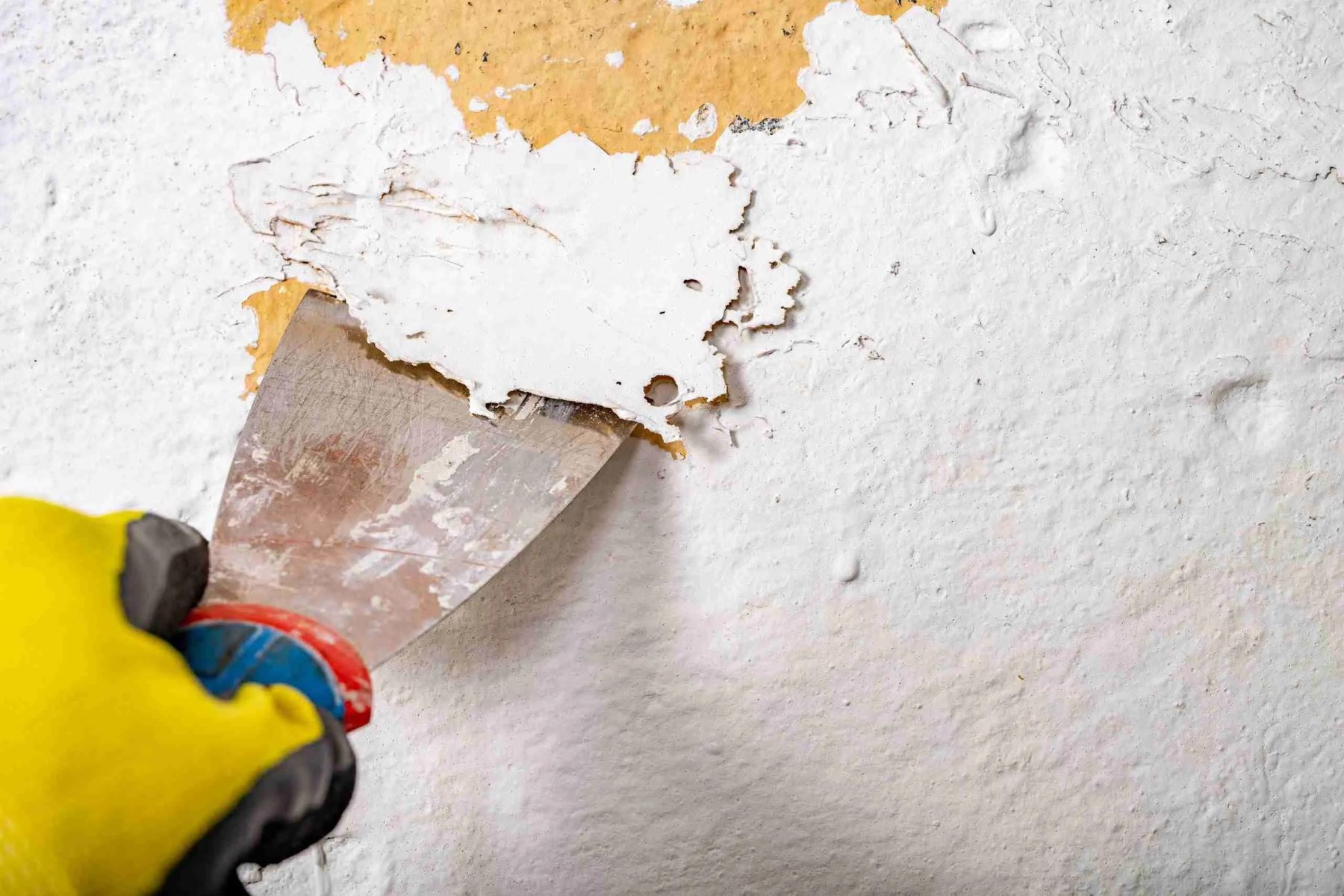
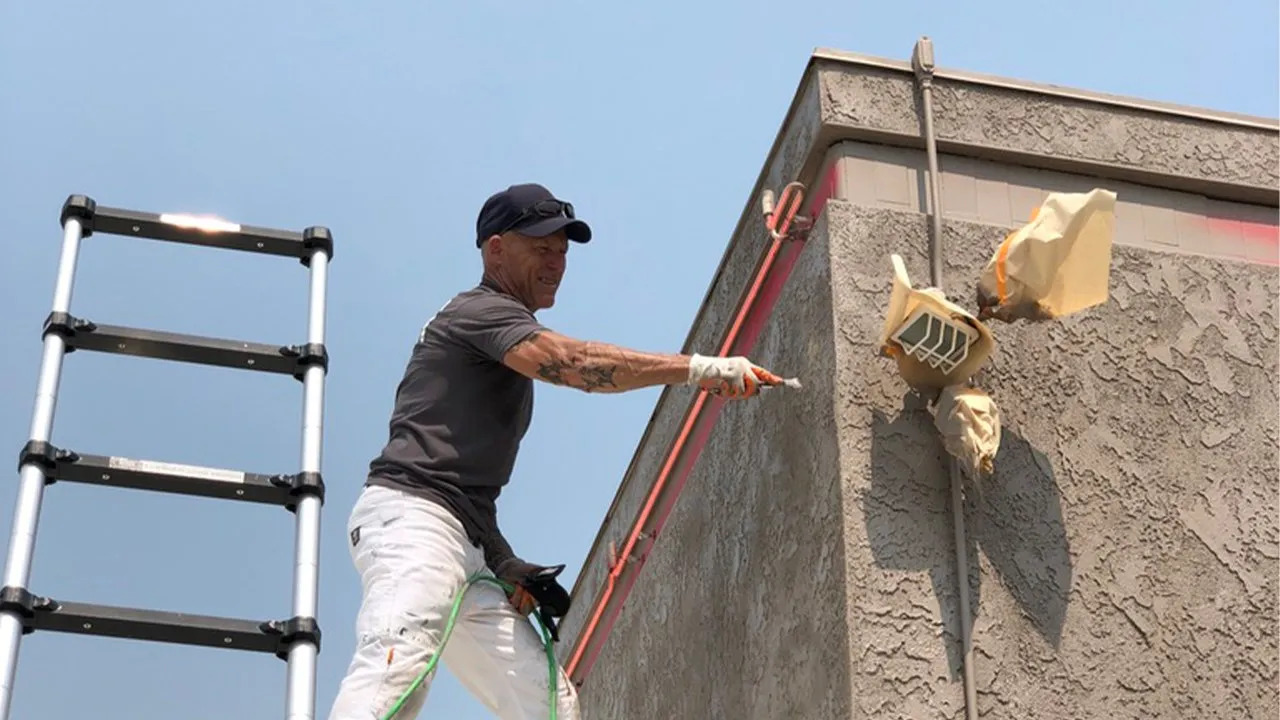
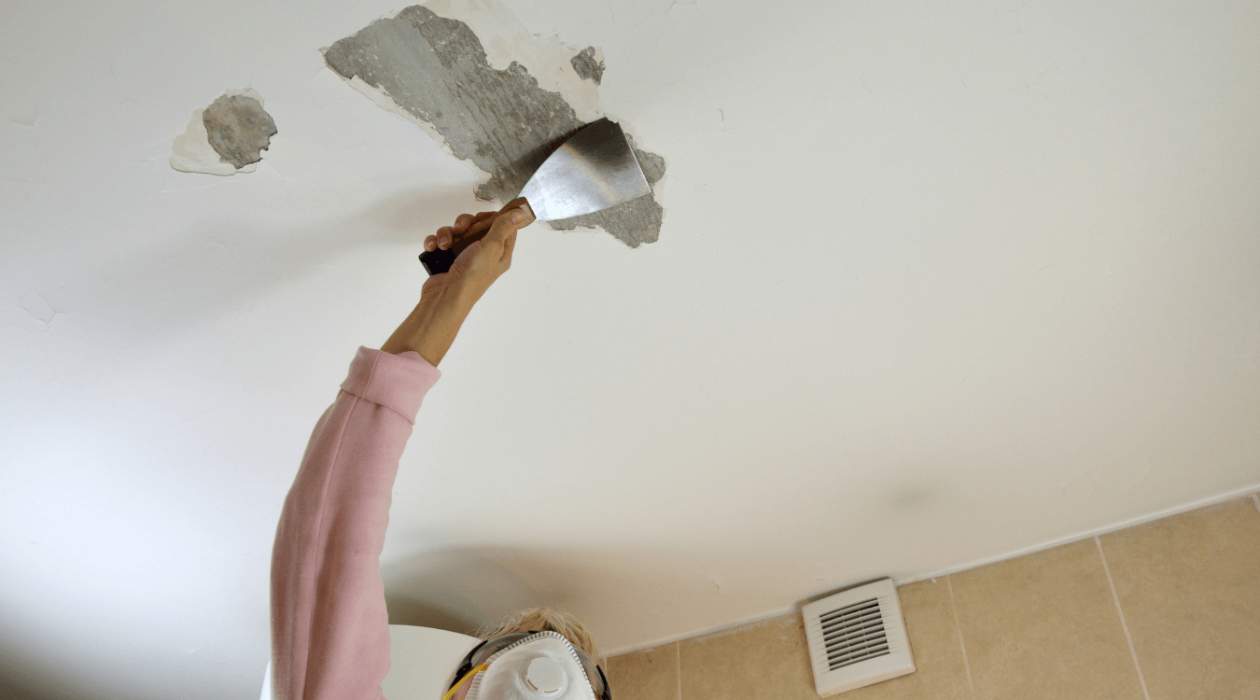
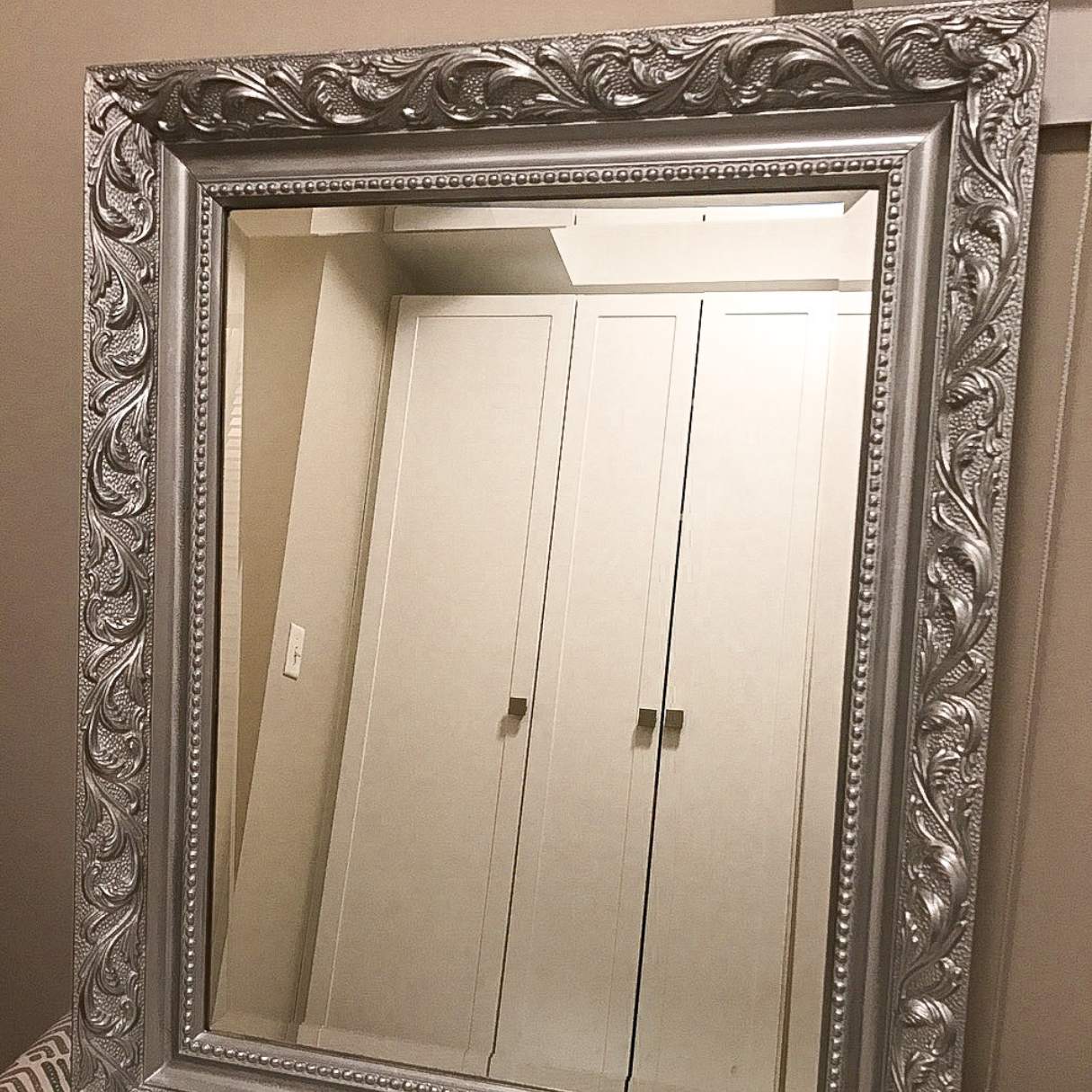
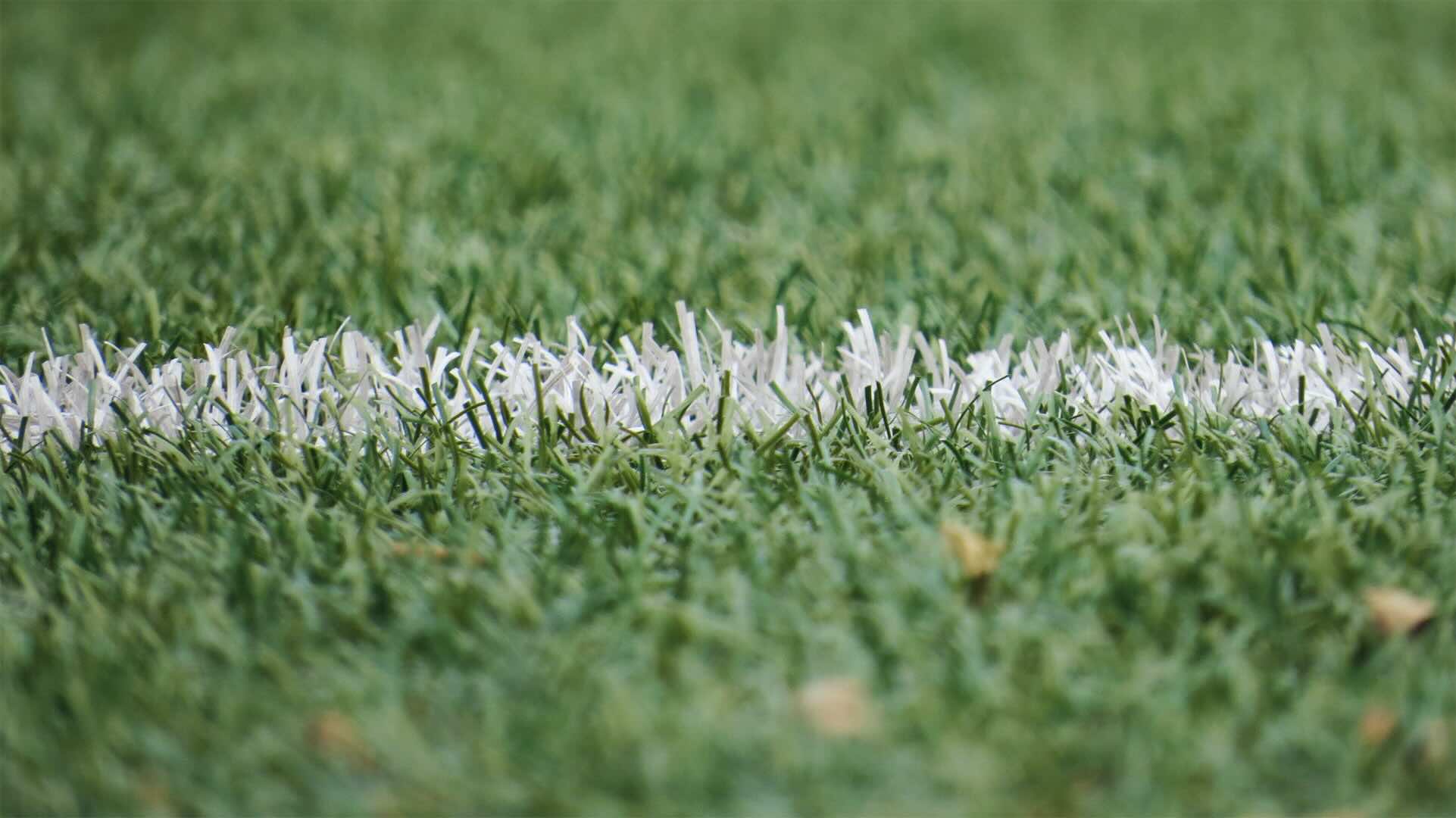
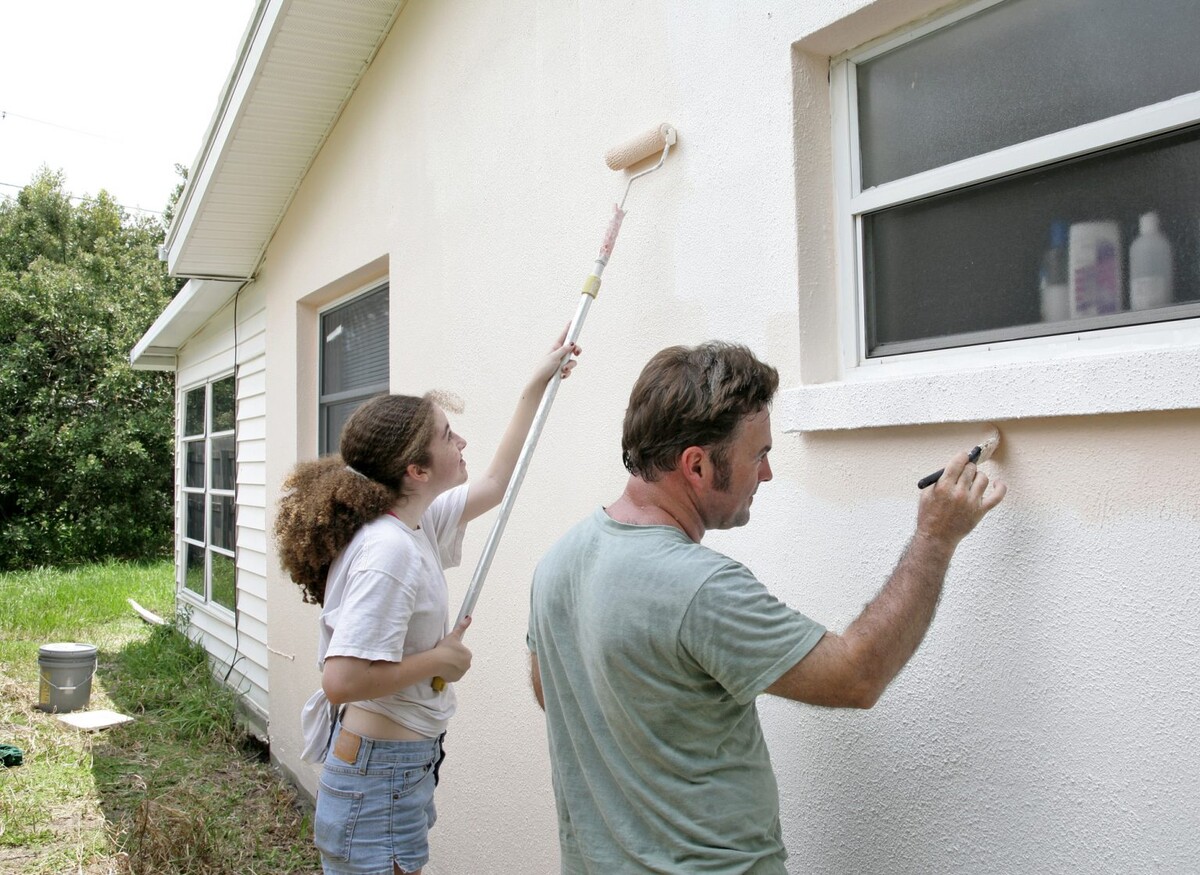
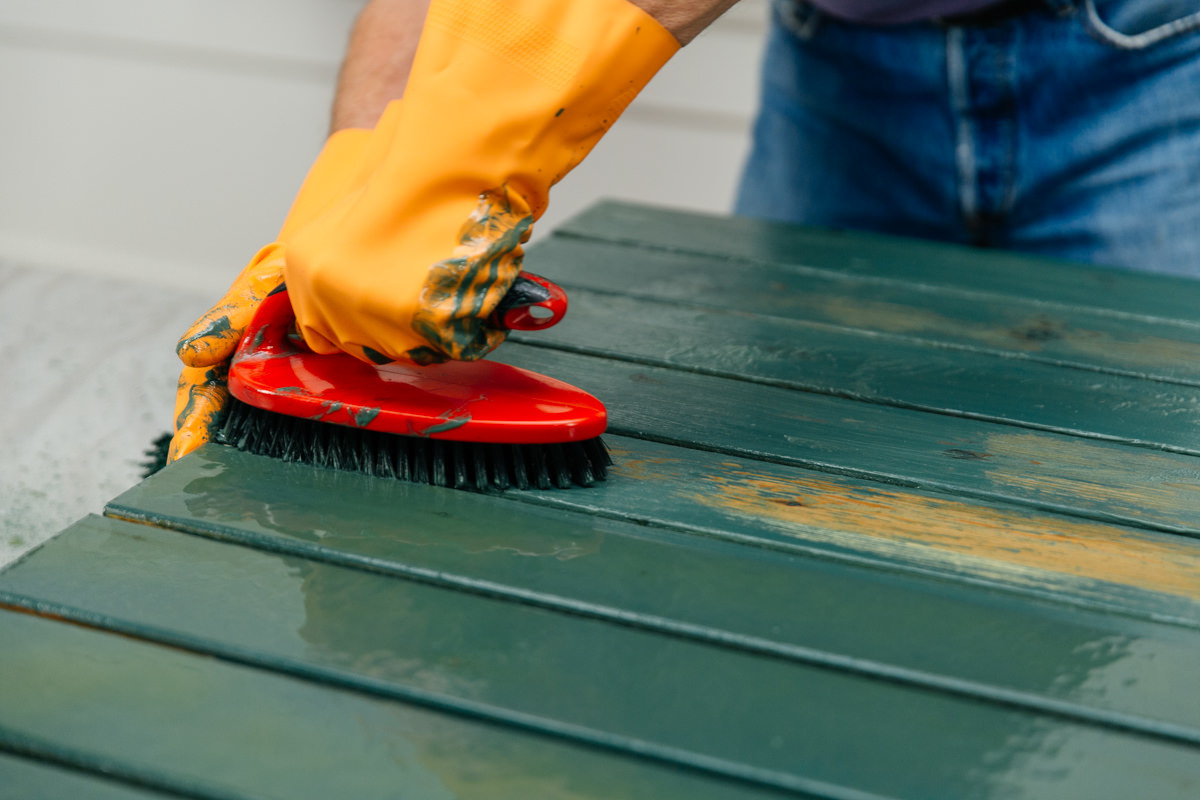
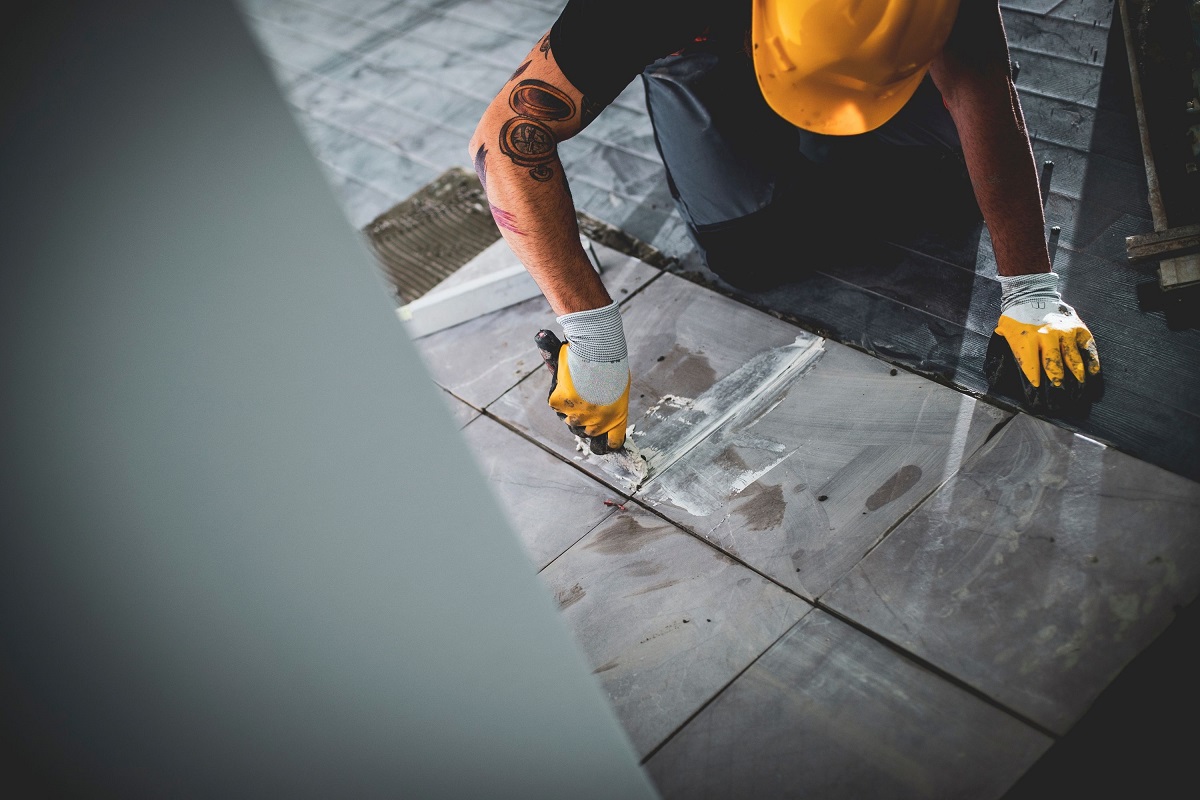
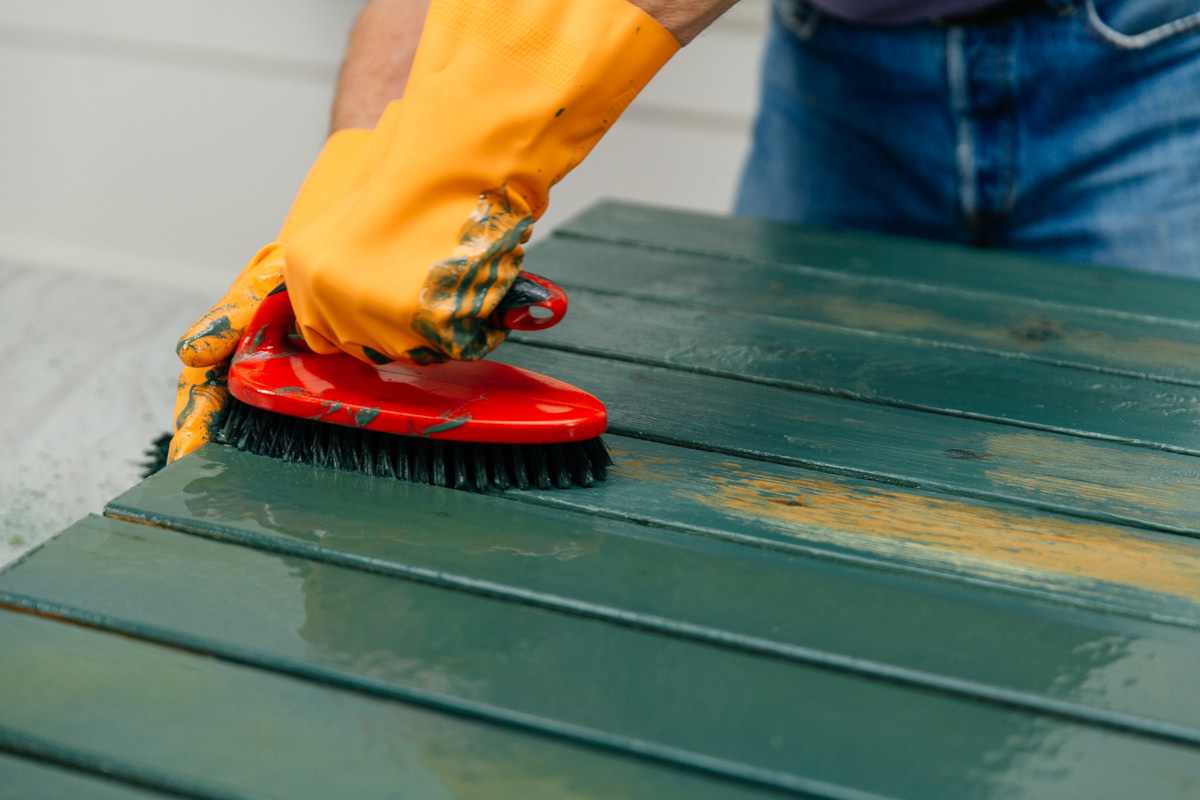
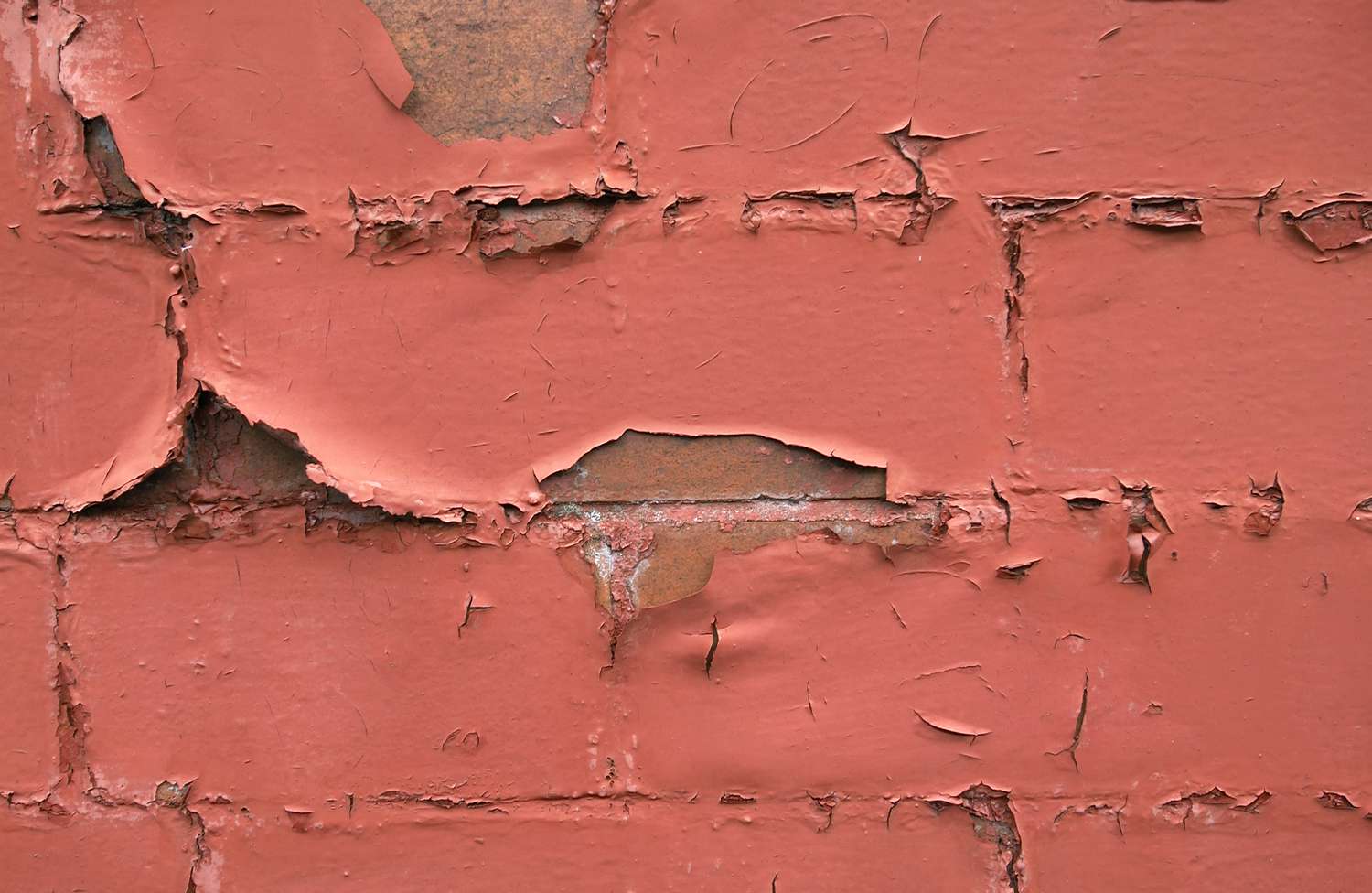
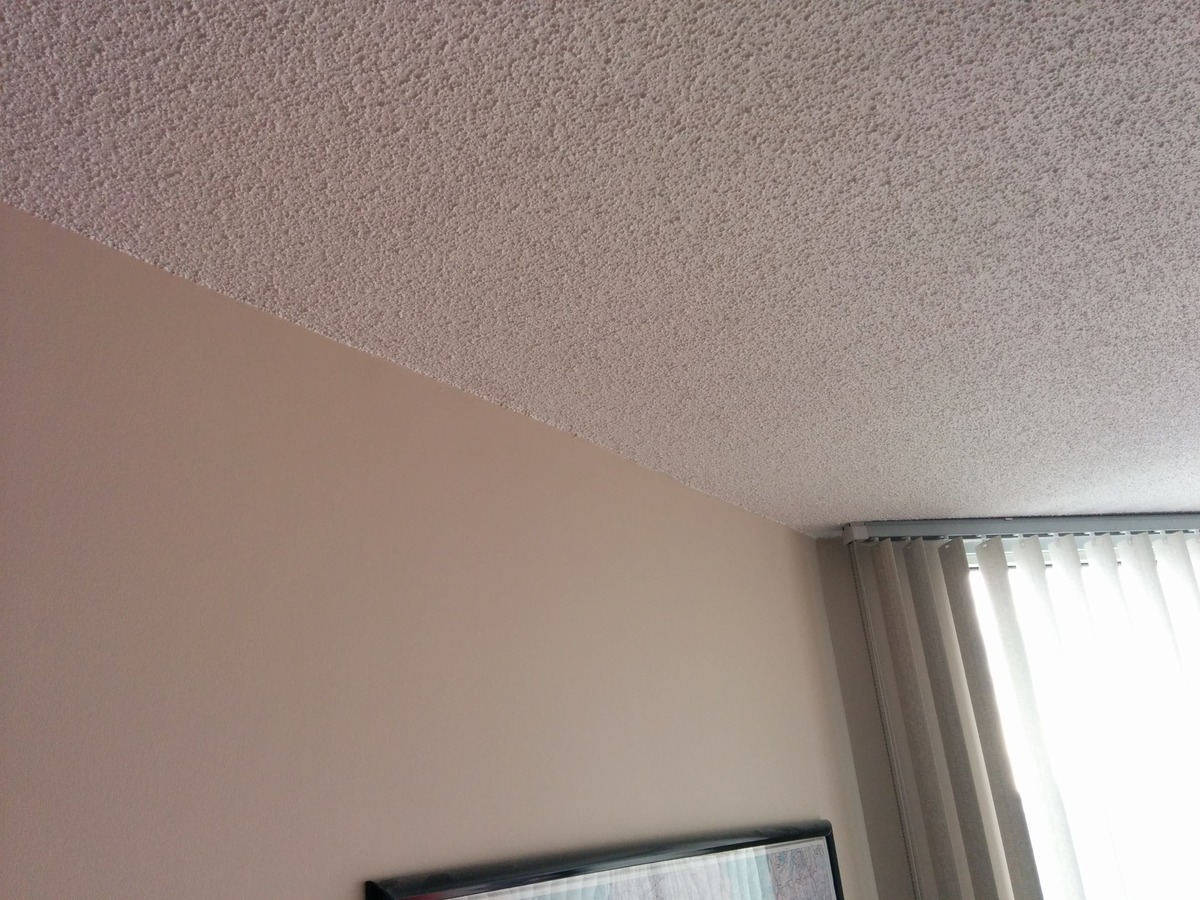
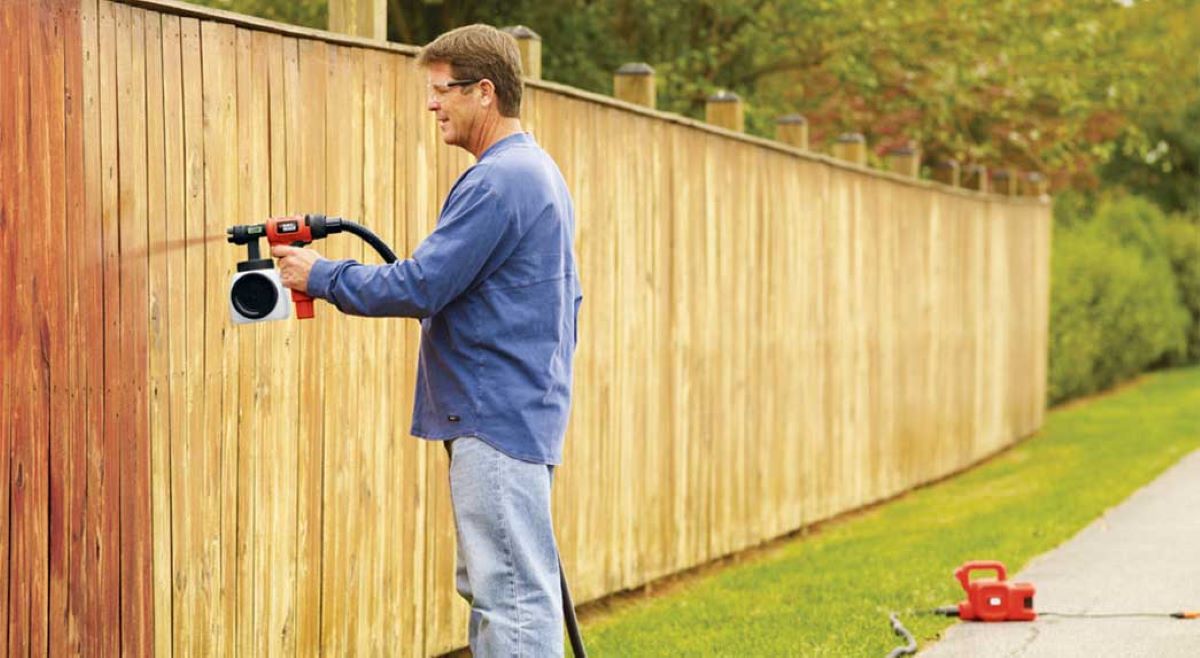
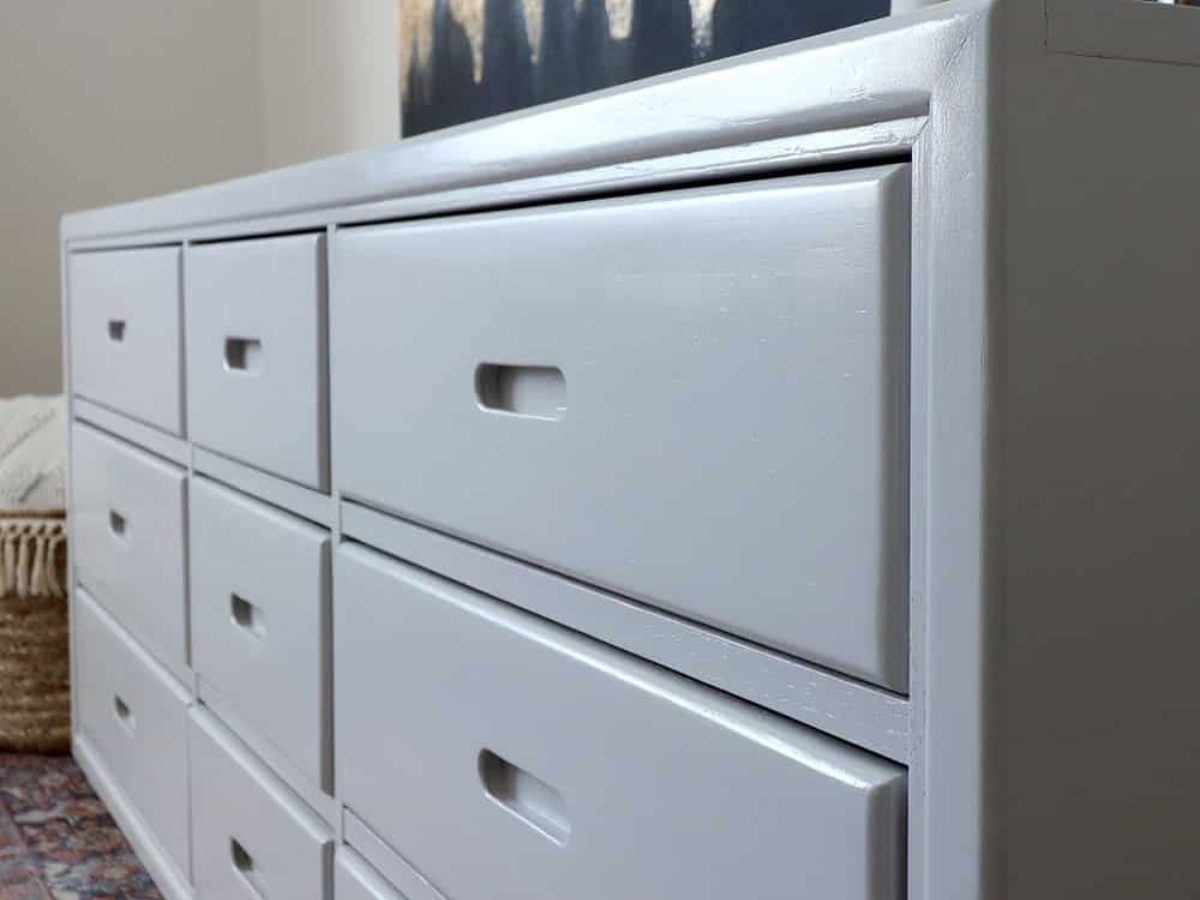

0 thoughts on “How To Get Spray Paint Off Stucco”